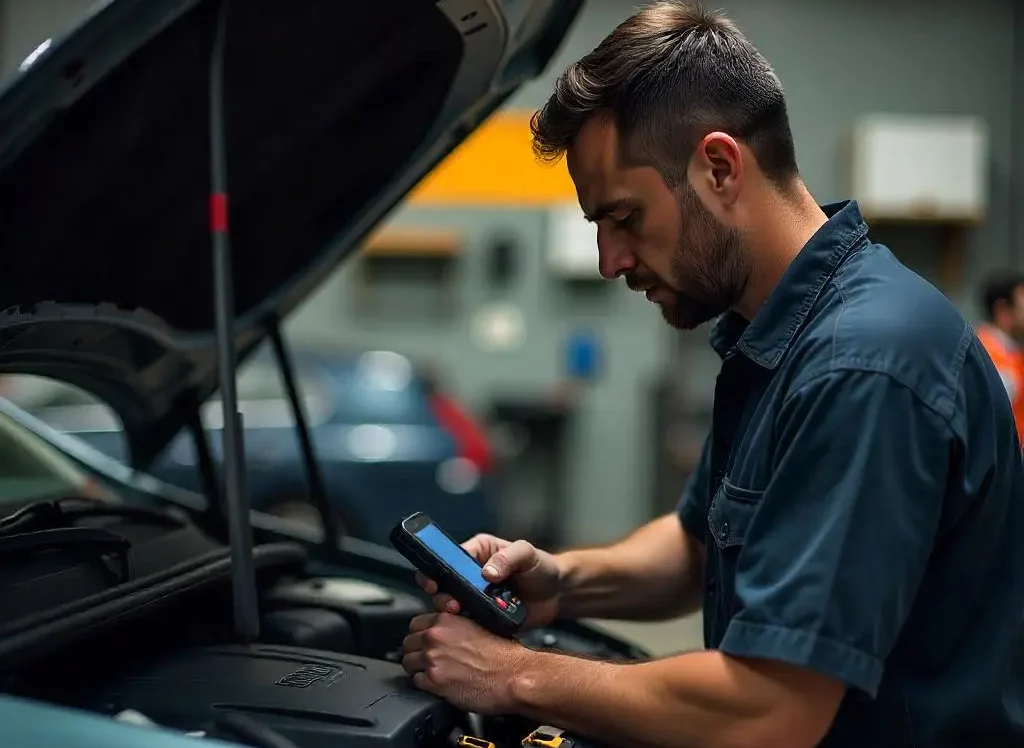Information
Symptoms of a faulty ECU: Here's what to check
Is the car's ECU really the problem?
When a car starts behaving erratically, many people immediately think of the control unit. But how do you know if it's actually the problem? The electronic control unit (ECU) controls much of the engine's operation. If it becomes damaged, the car can malfunction, stall, or fail to start.
In this article, we look at the most common signs of a faulty control unit and what to check before replacing it.
Warning lights on the dashboard for no reason
One of the first symptoms is the sudden appearance of multiple warning lights on the dashboard, even though the components being monitored are functioning properly. If an OBD diagnosis doesn't reveal any consistent errors, the control unit may be sending incorrect signals.
Problems with sudden start-up or shutdown
A car that won't start, stalls while driving, or has difficulty starting may have a faulty ECU. In these cases, the problem isn't related to the battery or starter motor, but rather to an error in the electronics.
Loss of power and erratic behavior
If the engine doesn't respond properly, stalls in limp mode, or loses power for no apparent reason, it could be a malfunction in the control unit. This is often accompanied by error codes indicating general or communication issues.
Fans, injectors, or other components that are not responding
The ECU also controls components such as fans, injectors, sensors, and valves. If one of these parts isn't working and the electrical system is fine, the ECU may be misfiring.
OBD diagnosis with communication errors
When you connect an OBD reader and the vehicle displays error codes such as "no communication with ECU" or unstable signals, the ECU is likely faulty or corrupted. This type of error is one of the most obvious.
Common causes of control unit failure
Among the most common reasons are:
- Electrical surges
- Moisture or liquid infiltration into the engine compartment
- Short circuits or damaged cables
- Errors during remapping or installation
- Static discharges or lightning
Often a simple replacement is not enough: you need an identical or compatible control unit and, if necessary, a data clone.
What to do if you suspect a fault in the control unit
Before purchasing a new control unit, it is essential:
- Perform a thorough OBD diagnosis
- Check the integrity of the wiring and connectors
- Identify the original control unit code
- Consult a technician to confirm the fault
If the damage is confirmed, a tested used control unit can be a quick and economical solution.
Where to find a reliable used control unit
At Centro Centraline, we only sell original, tested used control units compatible with your vehicle. We can also help you identify the correct code and provide assistance if you need to clone or unlock it.
Conclusion
The symptoms of a faulty control unit can vary greatly, but with the right checks, you can detect them early. If the fault is confirmed, a used control unit is the ideal solution to get back on the road without spending too much.
Contact us today with your car details and we'll help you find the right control unit in minutes.

